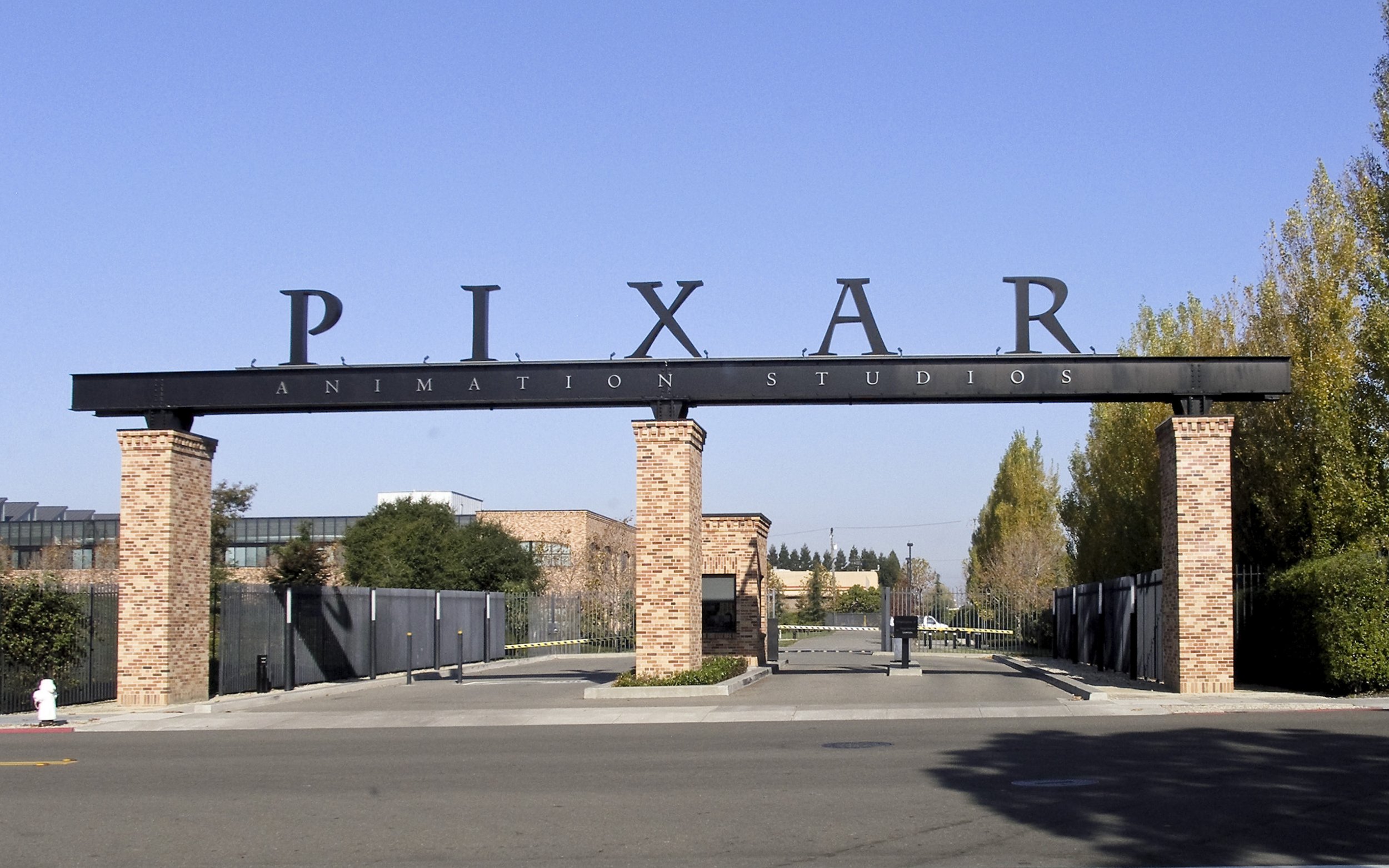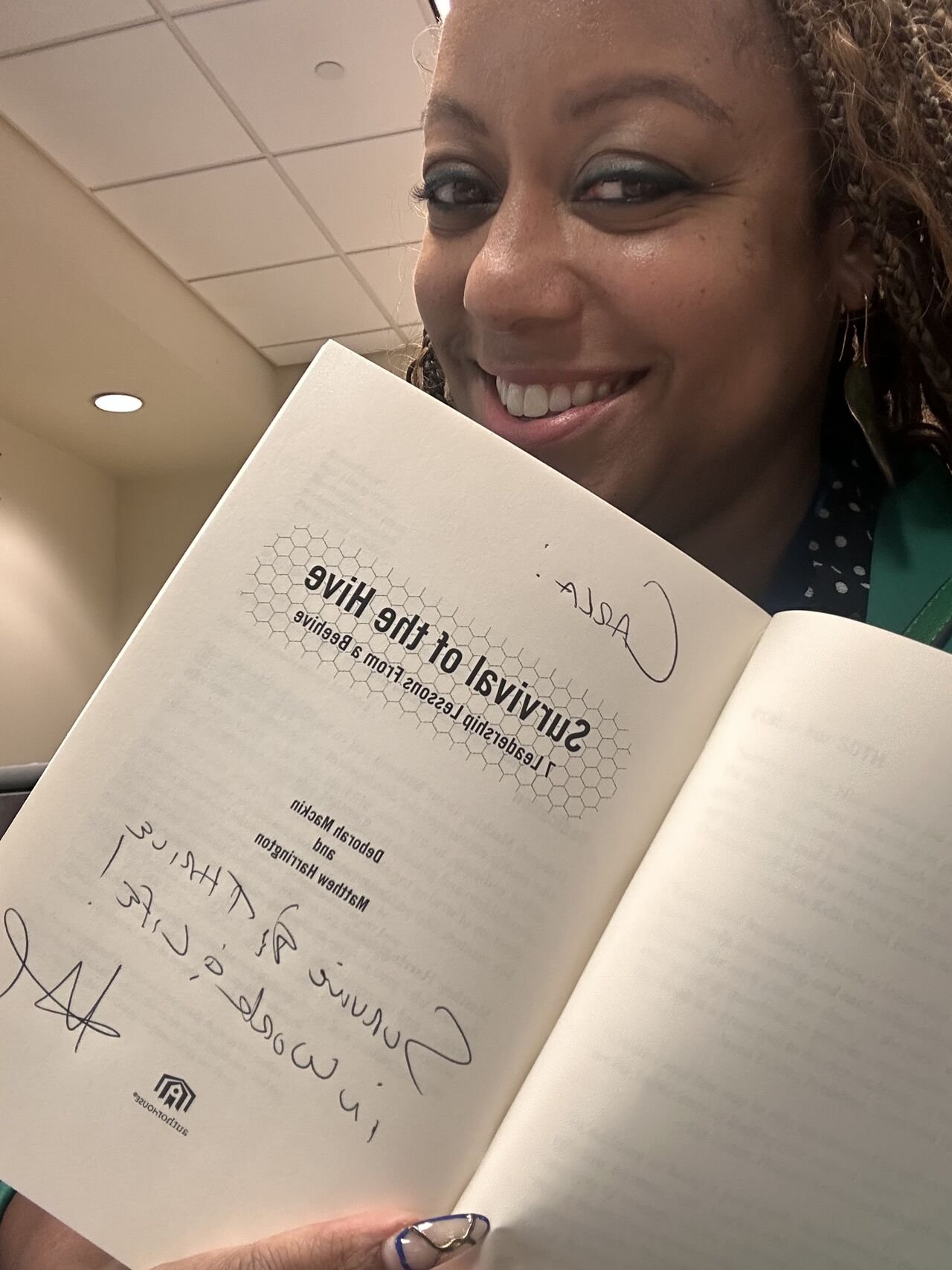PEOPLE
PEOPLE
HERE ARE SOME OF OUR CURRENT THOUGHTS ON “PEOPLE” within Your Organization and how we view them THROUGH THE HARRINGTON BRANDS PROCESS. WE HOPE YOU ENJOY, LEARN AND APPLY!
In a world of nonstop noise, true leadership sometimes requires silence. This post explores how journaling and intentional reflection—anchored in the practices of Resonant Leadership—can deepen self-awareness, build resilience, and support authentic leadership growth. Drawing from real retreat experiences and the research of James Pennebaker and Brené Brown, it offers practical tips for starting a journaling habit that heals and empowers.
Influence in leadership begins with a grounded sense of self-confidence—not arrogance, but clarity about one’s values, voice, and impact. When leaders doubt their influence, it often stems from internal narratives rather than external evidence. By exploring personal strengths, seeking honest feedback, and aligning with purpose, leaders can reclaim their presence and lead with authentic influence.
In this post, I reflect on my panel presentation where I shared practical, low-cost strategies for becoming an employer of choice through trust, leadership flexibility, and purposeful engagement. I emphasized that retention is driven by relationships—not resumes—and introduces frameworks like CAMP motivation, Greenthumb Leadership, and belief-behavior conversations.
In this Resilient Warrior Leader post, we explore compassion as a vital internal compass for leaders navigating uncertainty and building trust. Using the L.E.A.D. framework—Look, Empathize, Acknowledge, Decide—readers are invited to slow down, pay attention, and take meaningful action rooted in empathy. The post emphasizes that compassion isn’t soft; it’s strategic, renewable, and essential for resilient, community-centered leadership.
Continuing our Resilient Warrior Leader entry, we explore hope as a structured, strategic leadership tool, not just a feel-good emotion. Drawing on C.R. Snyder’s Hope Theory, Brené Brown’s insights on resilience, and Jim Collins' Stockdale Paradox, the post shows how real hope is forged in struggle and grounded in action. Ultimately, hope—paired with faith—is positioned as the courageous, necessary energy leaders need to move teams forward, especially in uncertain times.
I’ve long been fascinated by the human body—its capacity for endurance, resilience, and renewal. It’s truly one of God’s greatest gifts: a self-healing, constantly adapting machine. But like any machine, if we don’t put gas in the tank, oil on the pistons, or do regular 10,000-mile tune-ups, we risk breakdown.
Leadership is no different.
The physical and emotional taxation of leadership is real—and too often overlooked.
Many leaders fall into the trap of the Superhuman Syndrome, pushing themselves to exhaustion while ignoring the long-term costs to their well-being and effectiveness. This post explores how dissonant leadership and the constant chase for urgency can lead to burnout, while resonant leadership—rooted in emotional intelligence and renewal—fosters sustainable success. By embracing the Cycle of Sacrifice and Renewal, leaders can model resilience, elevate team performance, and lead with clarity and composure.
As we continue our Resilient Warrior series, it's important to start with self-awareness—understanding our patterns and recognizing how we respond under pressure. When we are overtaxed, overburdened, and exhausted, we often fall into default stress behaviors.
Are you the "Three-Ring Circus" Leader (Chaos Chaser), the "Iron Fortress" Leader (Stoic Under Pressure), the "Tsunami Shield" Leader (People-Pleaser), or the "Pressure Cooker" Leader (Procrastination Strategist)?
The runner trains, the player practices, the warrior studies—so why do we assume that leading in today’s challenging world requires anything less? Leadership today demands more than just assimilation, acceptance and mediocrity — it requires intentional training and practice, just like an elite athlete or seasoned warrior.
Motivation, much like a well-balanced dish, relies on the right blend of ingredients. The CAMP model—Competency, Autonomy, Meaningfulness, and Progress—is your recipe to keep your team energized and engaged. Missing even one component is like forgetting salt in a soup—it just doesn’t work. Let’s break it down.
Over the past year, we’ve explored the shift from workplace culture to community, delving into themes like belonging, trust, adaptability, and leadership as service. Through concepts like the Upside-Down Community Leader, Greenthumb Leadership, and the Deep Ocean Model, we’ve examined how leaders can foster growth, navigate change, and address underlying beliefs. This journey has highlighted that leadership is intentional and requires continuous learning, with the hope of inspiring growth and meaningful connections in others.
Good food is all about timing, intention, and a willingness to experiment. Leadership is no different. So, this holiday, let’s take a detour from boring leadership jargon and straight into the heart of the kitchen—a place where raw ingredients transform into something magic. Great leadership, like great food, can feed the soul. Here are the essential ingredients for the perfect leadership dish.
Remote and hybrid work models have reshaped the workplace, with high-performing leaders often excelling due to their autonomy, discipline, and results-oriented approach, while lower-performing employees may struggle without direct supervision. Research, such as the Stanford University study, highlights the benefits of hybrid work, particularly in enhancing productivity and retention, though challenges arise when remote work is poorly managed. The future of work requires organizations to balance flexibility and accountability, fostering environments that empower diverse employees and adapt to changing expectations.
Conflict at work is inevitable, but with the right tools, it can become an opportunity for growth. In this post we explore how leaders can guide teams through conflict by understanding how the brain processes emotions through the downstairs, middle room, and upstairs functions of the brain.
Belief-behavior conversations, as we discussed in our e-book: Revitalize and Retain Staff, aim to address the root causes behind actions, rather than merely correcting surface-level behavior. Pixar’s leadership used this approach to facilitate open, meaningful dialogues, helping the team uncover the underlying beliefs fueling their actions. Once these beliefs were identified, leaders guided team members toward reframing them, creating lasting behavioral change.
Discover how LinkedIn transformed employee growth and retention with the Leadership Growth Lattice, a modern alternative to traditional career ladders. By encouraging skill development, cross-functional teamwork, mentorship, volunteerism, and alignment with personal life goals, LinkedIn fostered a culture of continuous learning and flexibility. This holistic approach empowered employees, reduced turnover, and fueled innovation, positioning LinkedIn as a top employer in the competitive tech industry.
As Google grew, it faced the challenge of keeping its talented workforce consistently motivated. Financial incentives alone weren’t enough to maintain the high levels of innovation and employee satisfaction required to stay ahead in the competitive tech industry. Google’s leadership recognized the need to focus on intrinsic motivators—those elements that drive long-term engagement and fulfillment beyond salary and perks.
At the recent Vermont Chamber’s Solution Summit, I had the pleasure of discussing a topic that should resonate deeply with leaders today: trust in the workplace. In a world where technology continues to shape the future of work, the importance of human connection and trust can often feel overshadowed. However, as research consistently shows, building trust is the key to a successful and engaged workforce. In this blog, I’ll share some of the insights and strategies I presented.
In the mid-2010s, Microsoft reached a pivotal moment. While the company was a global tech leader, its internal culture was becoming a hindrance. Employee engagement was low, innovation had stagnated, and internal competition was stifling collaboration. Recognizing the need for cultural transformation, CEO Satya Nadella placed employee engagement and resilience at the heart of the company’s strategy, sparking a leadership overhaul that would play a key role in Microsoft's resurgence.
We are thrilled to announce the release of our new e-book, "Revitalize and Retain Staff", now available for free download on our website! This comprehensive guide is packed with actionable strategies designed to boost employee engagement, retention, and resilience. Whether you're leading a small team or managing a large organization, this resource is your roadmap to creating a thriving workplace where people want to stay, grow, and succeed.
This post draws parallels between ocean currents and human behavior, suggesting that just as deep currents shape the surface waves, underlying beliefs drive visible behaviors. These beliefs, though often unseen, influence actions and decisions in the workplace, making it essential for leaders to uncover and address them rather than merely focusing on surface behaviors. By engaging in meaningful belief discussions, leaders can guide behavior changes, much like oceanographers study currents to predict and influence ocean movements.
The final stage of development, Maturity, represents team members who have high aptitude and attitude, capable of bearing fruit and mentoring others. Leaders should empower these individuals by delegating responsibilities and encouraging them to guide those in earlier stages, like the Adolescent follower. By assessing and strategically supporting each team member's growth, leaders can cultivate a thriving and productive environment where everyone can flourish.
The "Disgruntled" stage in a follower’s development mirrors the secondary growth phase of plants, where individuals become experienced but may harbor negative attitudes and exhibit inconsistent behavior. These team members often have high aptitude but are susceptible to negativity, which can impact both their performance and the morale of others. Leaders must address these behaviors through open communication, setting clear expectations, and providing opportunities for growth to help them re-engage positively with the organization.
The "Adolescent" stage of follower development, akin to the teenage years, is a critical period where initial enthusiasm fades, and individuals start testing boundaries while seeking greater responsibility. Leaders must adopt a coaching approach that balances support and accountability, addressing behaviors that don’t align with organizational values, reinforcing early wins, and consistently adhering to established boundaries and goals. By proactively coaching and maintaining a positive environment, leaders can help their team members navigate this transitional phase and continue their growth into confident, competent contributors.
The post compares leadership to gardening, focusing on how leaders must nurture "seedlings"—new employees or followers—by providing guidance, support, and the right environment for growth. It emphasizes the importance of adapting leadership styles to meet the developmental needs of these individuals, particularly during their early stages. By understanding the balance between aptitude and attitude, leaders can effectively cultivate and develop their team's potential.
In my recent experience at the US Chamber's Institute for Organization Management, I explored the importance of trust in leadership and the concept of "Level 5 Leadership," which emphasizes humility, resolve, and crediting others. The course also covered essential skills like Fanatic Discipline, Productive Paranoia, and Empirical Creativity, highlighting the importance of creating a compelling vision for organizational success. By fostering environments where trust and motivation thrive, leaders can drive their teams toward long-term success and growth.
I am excited to share that this week, as a faculty member of the US Chamber's Institute for Organization Management, I will be teaching over 30 enthusiastic nonprofit leaders on a subject close to my heart: "Managers Who Motivate."
Dealing with loss and grief can be tough for leaders. We are often built, designed, and hardwired to look at the optimistic horizon. Grief and loss are a suspension of that optimism. That is a hard place to be in, but worthy of exploration nonetheless.
Effective listening is essential for successful facilitation. This involves techniques like paraphrasing, asking open-ended questions, and synthesizing ideas. Skilled facilitators also track opinions, engagement levels, and group feedback. Here is your go-to script to handle many items you might run into as a facilitator.





























Surveys and assessments are essential tools for gathering meaningful feedback that informs strategic planning, decision-making, and organizational improvement. This blog explores how to design effective surveys, avoid common pitfalls like survey fatigue, and build trust by using and communicating results. Learn the types of surveys to consider—and why feedback is a gift that should shape, not just support, your leadership.